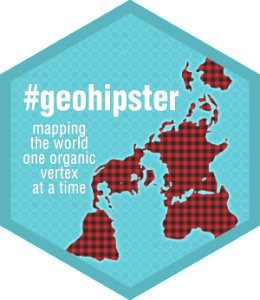Month: February 2016
-
Maps and mappers of the 2016 calendar: Jacqueline Kovarik
In our series “Maps and mappers of the 2016 calendar” we will present throughout 2016 the mapmakers who submitted their creations for inclusion in the 2016 GeoHipster calendar. *** Jacqueline Kovarik Q: Tell us about yourself. A: I currently work as a GIS Developer at the Minnesota Department of Natural Resources (DNR), creating interactive web…
-
Maps and mappers of the 2016 calendar: Kate Staley
In our series “Maps and mappers of the 2016 calendar” we will present throughout 2016 the mapmakers who submitted their creations for inclusion in the 2016 GeoHipster calendar. *** Kate Staley Q: Tell us about yourself. A: My name is Kate Staley and I am a GIS Manager for the State of Utah School and…
-
Maps and mappers of the 2016 calendar: Chandler Sterling
In our series “Maps and mappers of the 2016 calendar” we will present throughout 2016 the mapmakers who submitted their creations for inclusion in the 2016 GeoHipster calendar. *** Chandler Sterling Q: Tell us about yourself. A: I work as a GIS Analyst for the City of Pasadena in Southern California. I really enjoy my…
-
John Reiser: “The best work often occurs once you move outside of your comfort zone”
John Reiser is a Business Intelligence Analyst at Rowan University. He previously worked in state government and in a private planning firm. John is active in several professional organizations and also serves as a consultant on GIS, cartography, and data analysis projects. John lives in New Jersey.John was interviewed for GeoHipster by Atanas Entchev. Q:…
-
Maps and mappers of the 2016 calendar: Mario Nowak
In our series “Maps and mappers of the 2016 calendar” we will present throughout 2016 the mapmakers who submitted their creations for inclusion in the 2016 GeoHipster calendar. *** Mario Nowak Q: Tell us about yourself. A: I studied geography at the University of Zurich, Switzerland, and did a Master in Geographic Information Science. I…
